In recent years, AI image generation has moved from niche research to something millions use for fun, work, and creative projects. Among the top names in this space, two stand out: Midjourney and DALL·E 3. Both are capable of turning text into detailed visuals, but they do so in very different ways.
If you’re trying to choose between them, the answer depends less on technical specs and more on what kind of experience, control, and outcome you’re looking for. Let’s break it down clearly, from how they generate images to where they shine—and where they fall short.
When it comes to visual output, Midjourney often leads with stronger artistic flair. Its images feel more “painted” or “composed,” especially when it comes to lighting, texture, and dramatic compositions. The visual style leans toward high-concept digital art. This means even basic prompts like "a forest at sunrise" might result in something that looks like it belongs on a fantasy book cover. Its aesthetic defaults are more polished, and it tends to favor a rich, slightly surreal look, whether you ask for realism or fantasy.

DALL·E 3, developed by OpenAI, leans toward interpretability and accuracy over artistry. It generates cleaner, more literal images. If you give it a prompt like "a man cooking pasta in a modern kitchen," it's more likely to produce a straightforward visual with logical details in place, down to the number of burners on the stove or the utensils in the background. DALL·E 3 prioritizes clarity over imagination, and it's particularly good for generating images with specific, real-world requirements.
So, if you're a concept artist, designer, or someone who wants dreamlike visuals, Midjourney provides more expressive results. If you want clean, logical visuals that don't go too abstract, DALL·E 3 handles that better.
DALL·E 3 has one of the best natural language parsers among AI image tools. It understands long and complex prompts with a high level of accuracy. It can follow instructions down to fine details—such as positioning, color, and the number of items in a scene. It also interprets metaphors and nuanced expressions better than most competitors. This is partly due to its integration with ChatGPT, which improves its understanding of language and context.
Midjourney, by contrast, responds better to short and suggestive prompts. While it creates stunning images, it can be inconsistent with highly specific instructions. You might ask for “a cat sitting on a red chair next to a window with rain outside,” and it might give you a red pillow or a sofa instead. It isn’t that Midjourney misunderstands, but it tends to take creative liberties. If you're looking for something exact, this can be frustrating. If you're open to surprises, it can be delightful.
This is where the primary distinction emerges: Midjourney leans on interpretation, while DALL·E 3 leans on instruction. That makes DALL·E 3 better suited for product mockups, infographics, or educational illustrations, while Midjourney suits storytelling, mood boards, and art-driven projects.
The user experience differs sharply between the two. Midjourney is only accessible through Discord, which can feel awkward for new users. Typing commands in chat channels, managing prompts with bot commands, and adjusting settings using reactions takes getting used to. It’s functional, but not always intuitive—especially for those unfamiliar with Discord as a platform. That said, once you're familiar with the flow, the interface does offer fast iteration and access to a creative community for instant feedback.

DALL·E 3 is directly integrated into ChatGPT, which makes it much easier to use for most people. If you’re already chatting with ChatGPT, you can just describe the image you want in natural language. You don’t need to learn any commands. Plus, you can modify images instantly with follow-up instructions. It also includes inpainting (editing part of an image), which lets you tweak sections of a picture without regenerating the whole thing.
This makes DALL·E 3 more beginner-friendly and better suited for tasks that require revision or refinement. Midjourney is more suitable for users who are comfortable with experimentation and don’t mind handling settings and variations manually.
Another difference lies in how each generator handles ownership and output. Midjourney grants you full rights to the images you generate as long as you have a paid plan, even allowing commercial use. This makes it a good choice for professionals creating visual assets, book covers, or promotional materials. However, image generation is limited by your subscription tier in terms of speed and usage hours.
DALL·E 3’s output rights are similar for Pro users of ChatGPT. You can use the images commercially, but there's more caution around sensitive topics and brand-related prompts. DALL·E 3 tends to filter or deny prompts that involve celebrities, political figures, or real-world logos—more strictly than Midjourney.
As for formats, both tools support high-resolution downloads, but Midjourney often requires upscaling manually through its settings. DALL·E 3 handles this in a more straightforward way, especially when used through platforms that support native downloads.
In terms of secondary keyword—image generation tool—both of these services are popular, but how they function as a day-to-day image generation tool varies. Midjourney feels more like a creative sketchbook that interprets your ideas loosely but beautifully. DALL·E 3 behaves more like a helpful assistant that listens carefully and gives you exactly what you asked for—even if the results are less visually dramatic.
Choosing between Midjourney and DALL·E 3 depends on what kind of images you want and how you like to work. If you value creative flair and can work with a slightly unpredictable system, Midjourney is a strong pick. It delivers powerful results with a unique artistic touch. But if you need precision, clarity, or plan to refine your prompts frequently, DALL·E 3 fits better. Both are excellent image generation tools. Midjourney has a bolder personality, while DALL·E 3 is more cooperative and detail-driven. Whether you're building a visual story, creating a presentation, or just exploring ideas, the right choice will be the one that fits your process—not just the final product.
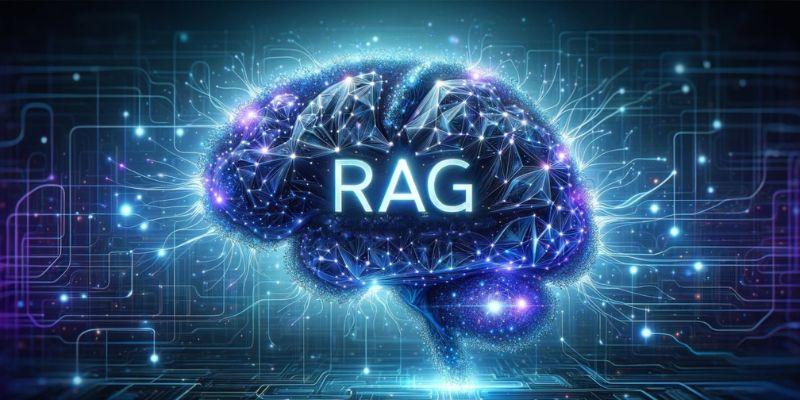
Find out what Retrieval Augmented Generation (RAG) is. Explore its key features, benefits, and real-world applications.

How clique-based compression and advanced techniques revolutionize efficient graph storage and analytics for large, clustered graphs.

How building safe, reliable, and ethical AI systems can unlock their potential while minimizing risks and gaining public trust.

How AI revolutionizes productivity, education, and business by fostering collaboration between technology and human intelligence.
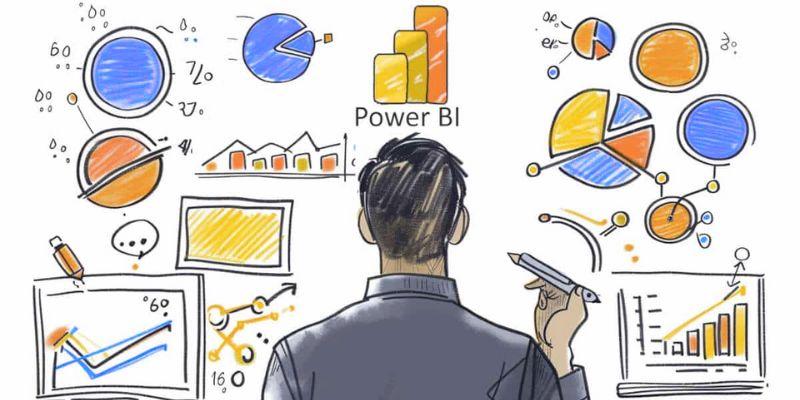
Learn the top 5 ways for efficiently analyzing Power BI performance using DAX Studio for better insights and analysis.

Google wants you to use AI for your next vacation by turning complex travel planning into an easy, conversational process. Discover how its AI travel planner simplifies everything from trip ideas to bookings
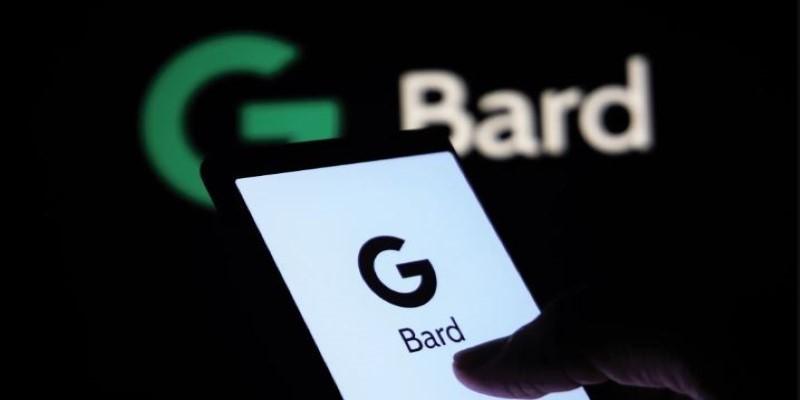
How to connect Bard to Gmail, Google Docs, YouTube, and other popular Google services. Learn how Bard extensions help streamline tasks and improve productivity by linking your favorite tools in one place
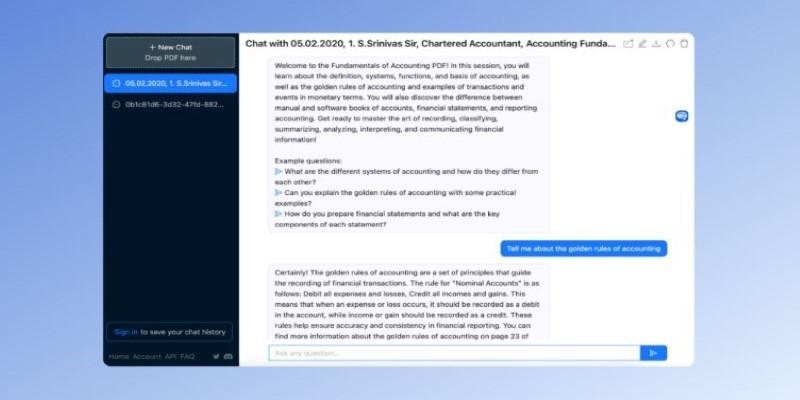
Tired of scrolling through huge documents? Chat With AI to Summarize Obnoxiously Long PDFs and get quick, relevant insights without reading every page. See how AI summarization simplifies your workflow
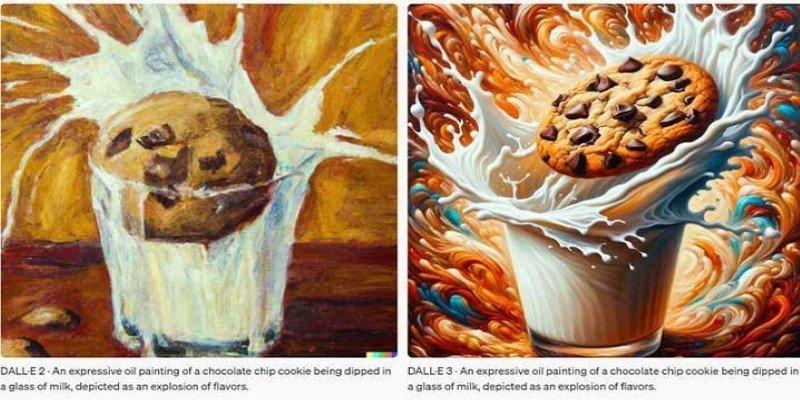
Explore the differences between Midjourney and DALL·E 3 to find the best AI image generator in 2025. Compare styles, accuracy, usability, and more
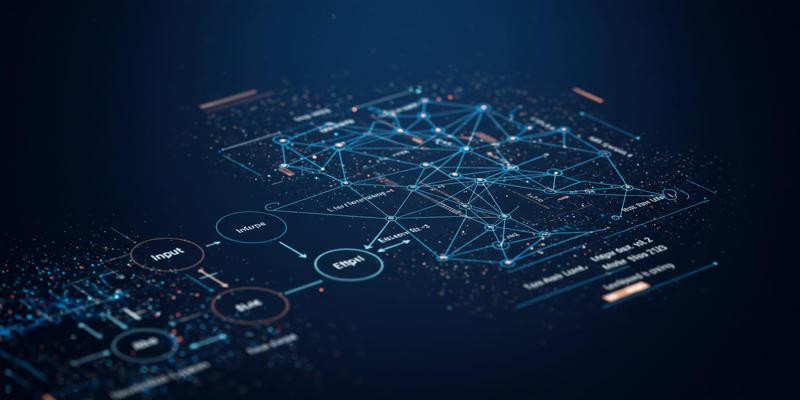
How educational assessment techniques can improve how we evaluate large language models' inference capabilities, moving beyond accuracy metrics to assess true reasoning and understanding.

Discover powerful AI apps transforming productivity, creativity, communication, and everyday problem-solving

Discover eight real-world AI in e-commerce examples for 2025, from smarter shopping to personalization and future growth.